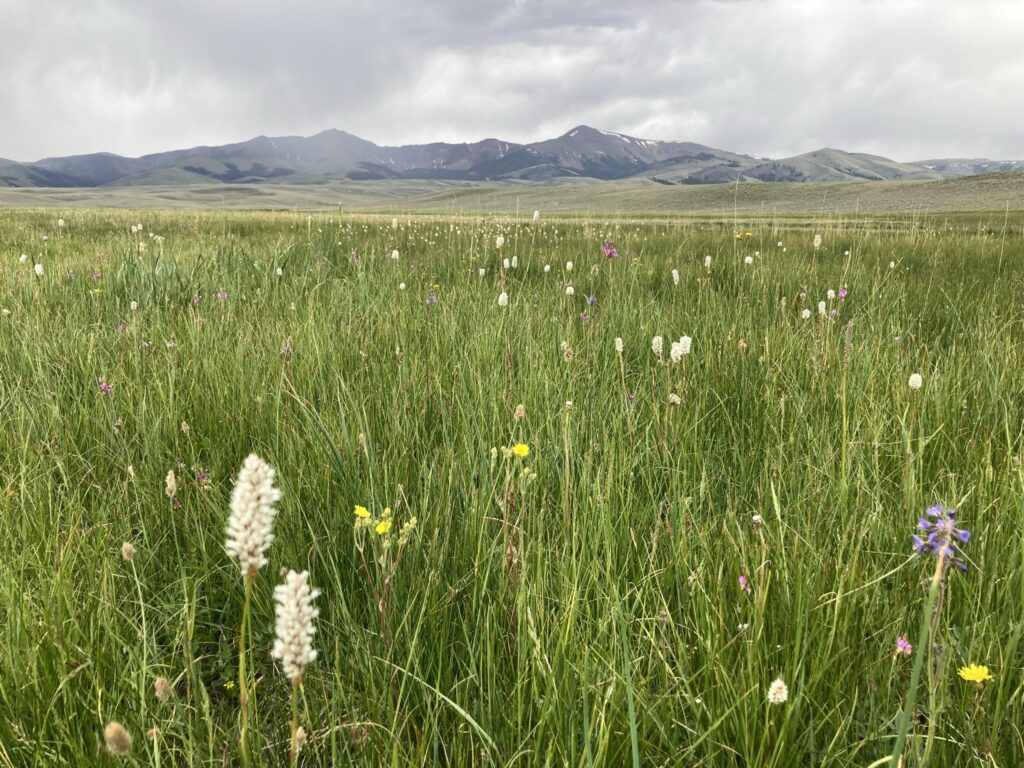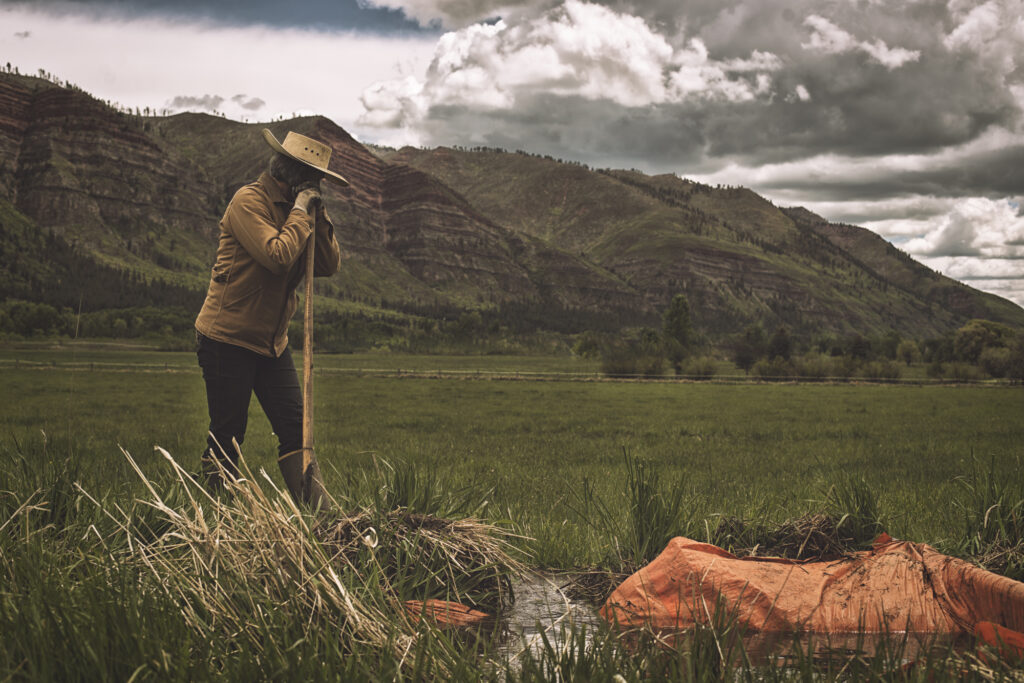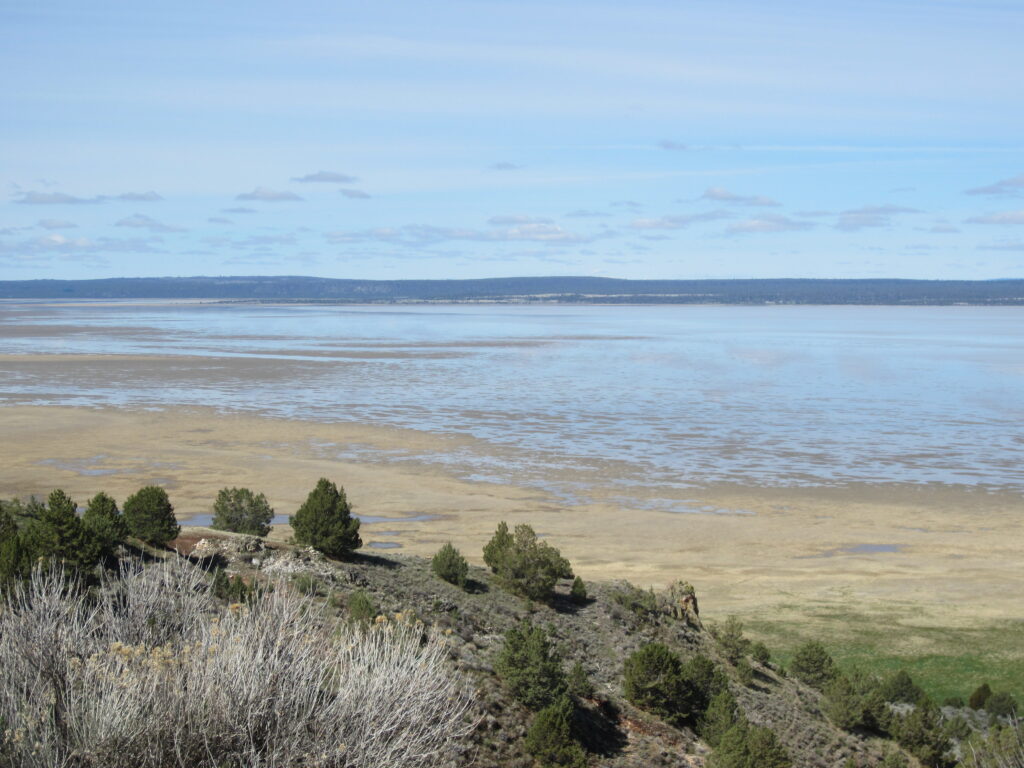Water is the West’s most precious resource, and yet there is so much we don’t know about it. How are groundwater supplies and aquifers—as well as rivers and streams—affected by return flows from surrounding wetlands and agricultural fields? What happens to irrigation water after it helps grow crops and forage for livestock? Moreover, how do agricultural practices that benefit migratory birds, like flood irrigation, impact whole-watershed health? Fortunately, a suite of recent and ongoing research is untangling the relationship between surface water, groundwater, and in-stream flows across the region. The IWJV asked two scientists about their recent work studying the relationship between irrigation and groundwater in different parts of the West. Check out the Q&As below to learn more about this science.

Irrigation intensification impacts sustainability of streamflow in the Western United States
David Ketchum’s research with the University of Montana looks into the relationship between irrigation intensification and in-stream flows in watersheds across the western United States. As climate-change-induced drought impacts water availability for habitat and agriculture in the region, this science identifies where modern irrigation systems benefit basin water supply, and where less efficient systems contribute to return flows and relieve ecological stress.

Montana Ground Water Investigation Program
Jenna Dohman works with the Montana Bureau of Mines and Geology on its Montana Ground Water Investigation Program, which has monitoring sites along the Big Hole River near Glen, Montana. This research is looking into how and where irrigation water returns to the river from both flood and sprinkler systems. Dohman and her team are monitoring return flow quantity, temperature, and locations throughout the year.



